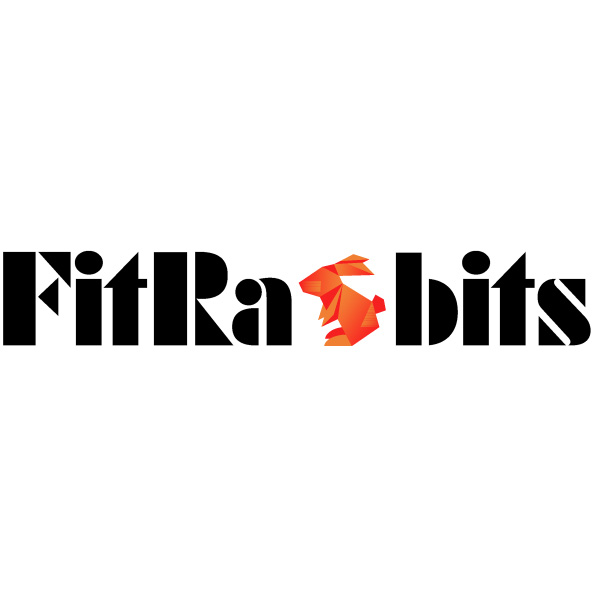“‘Running is the greatest metaphor for life, because you get out of it what you put into it.’”
Running better is not necessarily about running faster.
For me, running is like practising an art form - new skills and techniques to be learnt and practised, to reduce pain, injury and to have continued positive gains as I keep running.
Running with good posture will help you run more easily, have fewer injuries and breathe more easily.
Here are five key aspects of your running form that you should pay attention to.
Think ‘Tall’ - Let’s take it from the top. Imagine yourself as a puppet, suspended from a thread. Remember, the head leads and the body follows. So, keep your head up, and focus on keeping your back straight, your chest and your shoulders level under your ears. Not doing so will restrict your breathing and put strain on your lower back.
To breathe easier, relax and square your shoulders, and do not tense your back muscles.
It is normal to slouch when you’re tiring from your run. Remind yourself to ‘Be the puppet’ and poke your chest out.
A good drill to do is to raise your shoulders up to your ears every km or so, and then drop them back to their normal position. You can also do this as a warm-up.
Eyes ahead, please - It’s safer, it’s better and it will help you focus at the finish line (eyes on the prize, people!). You should look about 10 to 20 feet in front of you. Remember, where the eyes go, your head will follow. And from the above point, we don’t want to do that. So, keep the head up and not stare at your feet.
If you don’t, you’ll land more heavily, and become susceptible to several feet, shin and leg problems.
You will also end up putting tremendous strain on your neck and shoulders- they have to work very hard to keep the head from falling.
Finally, you’ll lean forward and shorten the front of your body, thus leading to more difficulty in breathing.
Swing your arms! Legendary coach Ron Warhurst convinced us that arm swings regulate your leg turnover (more in the next points). So, quicker movements of the arms will help you to get the opposite leg back on to the ground and into your next stride, more quickly.
Keep your elbows bent at 90 degrees, wrists relaxed and at waist level (it’s okay for them to brush lightly on your hip).
When I started out as a runner, I would hold my arms stiffly near my chest and stick them to my sides. Don’t do this! You will tire more and feel your shoulders and neck get tight.
Instead, try to move your arms backwards and forwards without allowing them to cross the midline of your torso.
Remember, coordination in arms movement will give you wonderful power and energy and help you run better. Arms & shoulder strength workouts will help you get better!
Quick feet, knees in line and point those toes forward - Try to maintain short, quick strides that are low to the ground (called stride turnover), make sure that your foot strikes under your knee, not in front of it. Try to be keep your body weight on the balls of your feet.
Always keep a slight bend in the knee, it will help you stick with that forward lean and with changing your feet with ease.
It doesn’t matter whether the heel, your mid-foot or your forefoot hits the ground first (more on this, in another article). Just move quickly, one foot to the other, thus distributing ground forces between your joints, ligaments and tendons.
Also, keep your toes pointed in the direction you want to go - Not inwards or outwards but forwards.
Do not try to lengthen your stride and over-reach with your foot- there’s a greater chance of you getting injured.
If none of the above is your natural movement, you’ll need some practice. Be mindful of doing it over short distances first. Be patient. Some skipping, boxing inspired drills or speed ladder drills or Plyometric exercises help, too!
Synchronise your breathing with your running strides. This it will help get more oxygen-rich blood flow to power your muscles and provide you with increased energy.
Avoid shallow chest breathing while running.
Practice rhythmic breathing and/or belly breathing- it will divide the stress of running between both sides of your body equally, help with foot strikes and The right breathing technique will help you maximise training outcomes, stay relaxed and injury free.
I, like many runners, use either the 2:2 or 3:3 (for low intensity runs) breathing plans. For example, I take two steps to inhale and two steps to exhale during medium-intensity work.
Yoga will really help you improve your breathing skills through controlled focus, specially through pranayama.
Considering the dust issues in our country, it is advised to breathe in through your nose and breathe out through your mouth.
Remember, if you are just starting out, go easy.

